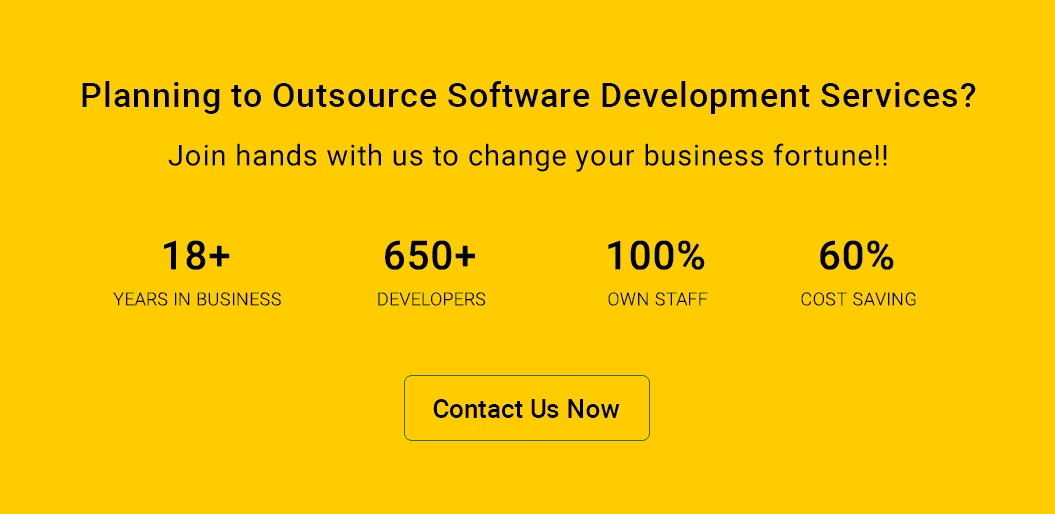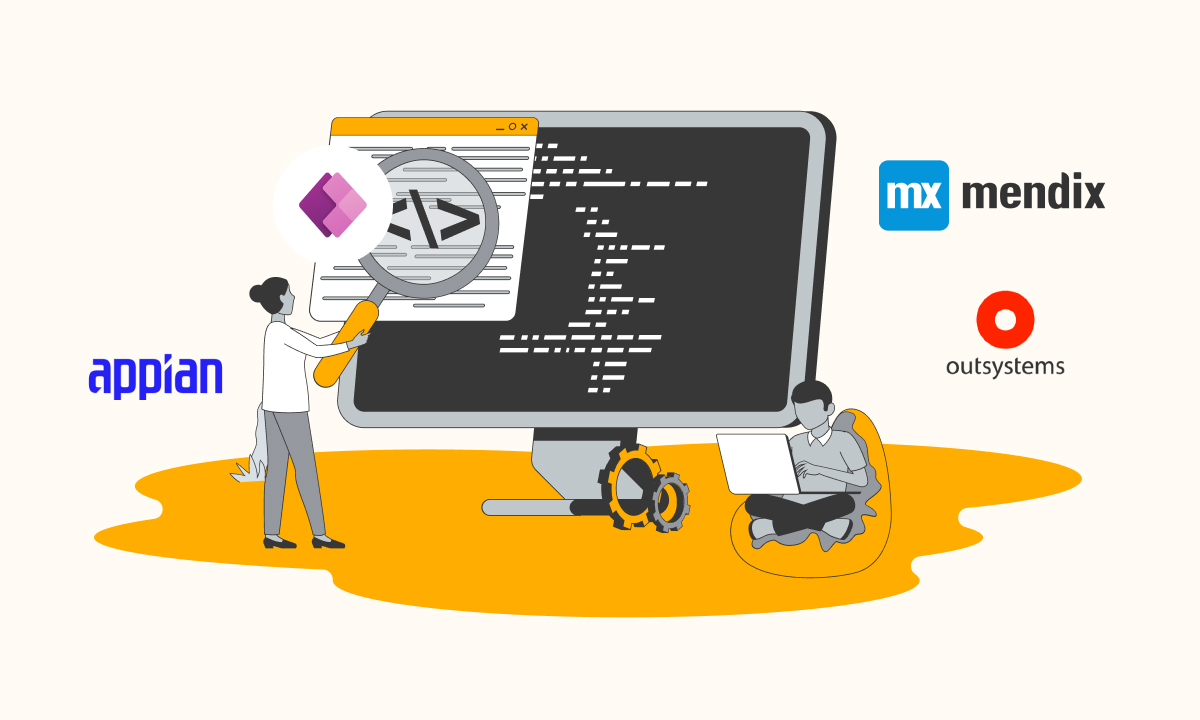If you work in business, you know that data is everything. Collecting, storing, and analyzing data can mean the difference between success and failure. In the past, this data was often stored in OLAP cubes. However, with the advent of Power BI, businesses now have a more powerful tool for data analysis. Power BI development allows businesses to connect to multiple data sources and combine them into a single view.
This not only makes it easier to see trends and relationships but also makes it possible to drill down into specific data sets for more detailed analysis. In addition, Power BI services include several features that OLAP cubes simply cannot match. For example, Power BI can create customized reports and dashboards that make it easy to see the most important information at a glance. It also includes built-in support for visualizations, which can help you quickly spot patterns and trends. Your businesses get a powerful new tool for understanding their data if you hire Power BI developers.
What is an OLAP cube?
An OLAP cube is a data structure that allows rapid multidimensional data analysis. It is typically used in business intelligence and financial modeling applications. OLAP cubes are composed of dimensions, measures, and hierarchical levels. Dimensions are an OLAP cube’s building blocks representing the data’s different attributes. For example, a dimension could be a customer name or product type. Sales volume or profit margin measures can be aggregated as numeric values. Hierarchical levels are used to drill down into the data, such as by period or geographical region. OLAP cubes provide a powerful tool for data analysis, allowing users to identify trends and patterns quickly. However, they can be complex to create and require significant storage space.
What is Power BI?
Power BI is a business intelligence tool allowing users to visualize and analyze data, uncover trends and patterns, and make better-informed decisions. A Power BI development company provides a desktop application and a cloud-based service, both of which offer a variety of features and capabilities. The desktop application provided by a Power BI service company offers more comprehensive features than the cloud-based service but requires a one-time license fee.
The cloud-based service is less expensive and can be accessed from any internet-connected device, but it lacks some of the advanced features of the desktop application. Hiring Power BI developers gives you availability in several editions, each offering different features and capabilities. The most basic edition, Power BI Free, provides basic data visualizations and does not allow for customizations.
The next level up, Power BI Pro, adds support for larger data sets, more advanced visualizations, and customizations. Finally, Power BI Premium offers the highest level of performance and scalability, making it ideal for enterprise-level businesses.
Why Are Power BI and OLAP Important?

Using data can give businesses a competitive advantage. Dealing with large amounts of data can be challenging. Power BI is a business intelligence tool that helps businesses transform their data into actionable insights. OLAP is a type of database that is designed for the efficient analysis of large volumes of data. Together, these two technologies can help businesses make better decisions, improve operations, and drive growth. There are many reasons why Power BI and OLAP are important:
- They allow businesses to handle large amounts of data efficiently
- They make it easier to identify trends and patterns in data
- They help businesses make better decisions
- They help improve operational efficiency and drive growth.
Ultimately, Power BI services and OLAP are important because they can unlock the power of their data.
Benefits of Using Power Bi and OLAP Together
Power BI and OLAP cubes offer complementary advantages that make them a powerful combination for data analysis. A Power BI development company provides a self-service platform that allows users to create their reports and dashboards. On the other hand, OLAP cubes offer a pre-packaged data set that can be easily explored and analyzed. Together, these two tools provide a comprehensive solution for data analysis.
Hiring Power BI developers help users quickly identify trends and patterns in data. The self-service nature of the platform means that users can create reports and dashboards without IT assistance. Power BI consultants empower business users to make decisions without relying on IT departments. On the other hand, OLAP cubes offer a more structured approach to data analysis. The data is typically organized into dimensions and measures, which makes it easy to explore relationships between different data points. OLAP cubes also offer functionality such as drill-down and roll-up, further enhancing the ability to analyze data.
The Power BI and OLAP combination provides a comprehensive data analysis solution. A Power BI service company helps users quickly identify data trends and patterns, while OLAP cubes offer a more structured approach to data analysis. Together, these two tools provide a powerful combination for analyzing data.
Drive smarter decisions with customized Power BI solutions.
Challenges of local data storage
Organizations today increasingly rely on data to make decisions, understand their customers, and compete in the marketplace. However, storing data locally presents several challenges, of which the most significant is data security. Locally stored data is more vulnerable to theft or loss. External hard drives and other portable storage devices are especially vulnerable to being lost or stolen. In addition, local data storage can be less reliable than cloud-based storage.
The data could be lost entirely if something happens to the local server or computer system. Finally, local data storage can be more expensive than cloud-based storage since organizations must purchase and maintain equipment. While local data storage has advantages, these challenges should be considered before deciding where to store organizational data.
Power BI development and OLAP cubes can help you overcome these challenges by providing a centralized place to store your data and giving you the ability to hire power BI developers to create custom reports and dashboards. For example, an investor might want to use an OLAP cube to analyze how stocks in their portfolio are performing over time. With this solution, they can instantly see what percentage each stock contributed to their portfolio’s performance and trends over time. You can also use OLAP cubes to identify connections between multiple data sets. Suppose a business owner wants to see which customers have spent more than $500 in the past month, which products they purchased, and whether any other customers have bought those same products recently. By querying the cube using those parameters, they could find out who those high-value customers are and what other items they’re interested in purchasing — information that could prove invaluable for future marketing campaigns!
Challenges of Using Other Reporting Tools

Reporting tools help you visualize data depending on your
- Needs
- Ease of use
- Insightful information at your fingertips
- Faster loading times
- No need for IT expertise
- Easy to share with others across an organization using online reports
- Continuous analysis that doesn’t require any additional set-up once it’s running
- Allowing users to filter results with their criteria so they can find what they’re looking for
Although many different reporting tools are available, each has its challenges. One such challenge is compatibility. Different tools may use different formats, making it difficult to exchange data between them. You may not be familiar with the tool’s features, making it difficult to use. Another challenge is that of cost. Some reporting tools may be costly, making them unaffordable for some organizations. Finally, there is the challenge of training. Many reporting tools require users to have the technical expertise to use them effectively. These challenges can make it difficult for organizations to implement reporting solutions that meet all of their needs.
Examples of The Two in Action
One way that Power BI development can improve your business is by providing easier access to data. For example, you can use Power BI services to connect to an online database and easily pull data into a report. As a result, you can view reports in seconds instead of hours. Another way that Power BI improves your business is by making it easy for employees with no technical skills to analyze data. You can customize dashboards to suit the needs of different people within your company.
Another example of how OLAP cubes improve your business is their simplicity and ease of use. With them, anyone from the CEO to a regular employee can create insightful charts that are more accurate than if they had used Excel alone.
When it comes to improving your business, Power BI and OLAP cubes are essential! They provide quick and easy access to information, saving time and money. They also enable smarter decisions that would otherwise be difficult or impossible without these tools. If you’re looking for ways to save time and money while making informed decisions, this blog post was written just for you! Let’s start with the first point: accessing data quickly. Rather than spending hours pulling together reports on your own, you can now do so in just seconds.
For instance, let’s say you need some quick sales numbers. Using Power BI services, all you have to do is enter some search terms (ex: sales) and select which fields of information to display (ex: date) before being presented with a list of results (ex: Sales Amount). In other words, by using Power BI rather than Excel, you’ll have all your results ready at once instead of working out each one individually tediously.
Unleash the full potential of your data with cutting-edge Power BI development.
The Way Ahead
Business intelligence (BI) is an important tool for companies to collect and analyze data to make better decisions. In the past, this process was often manual and time-consuming. However, with the advent of technology like Power BI and OLAP cubes, businesses can automate this process and get real-time insights. This saves time and allows businesses to make more informed decisions to improve their bottom line.
With these tools, you can see trends quickly and determine which products are performing well or poorly. You can see what your customers say about your products on social media sites such as Twitter or Facebook — information you might have missed if you didn’t know where to look. For example, let’s say you’re running a business that makes ice cream. One day, suddenly, you notice that people are tweeting at your company asking why there’s no vegan ice cream flavor available.
You need to open up a Power BI dashboard or an OLAP cube and see which flavors performed best last month to find the best flavor mix to include in your next product release! You’ll never miss something important again. Whether it’s an increase in customer service requests, a rise in marketing costs, or a decrease in sales revenue, you’ll be able to track it all. You’ll know when to invest more money into marketing efforts or when it’s time to start looking for new suppliers.
It takes so much pressure off your employees who were previously burdened with repetitive tasks like weekly updating reports. They can now focus on higher-level tasks while taking care of the necessary lower-level tasks. Everyone has more room for creativity and less time wasted on menial tasks.
Conclusion
For any business, data is essential for making informed decisions. Power BI and OLAP cubes can help you to make the most of your data by providing a comprehensive view of your business operations. Power BI development provides a real-time report of your data, while OLAP cubes offer a more historical perspective. Both tools can help you identify trends and patterns to decide where to allocate resources.
In addition, Power BI and OLAP cubes allow you to share your reports with other team members so that everyone is on the same page. As a result, these tools can help to improve communication and collaboration within your organization. Power BI services and OLAP cubes can help you run your business more effectively and efficiently.
Likewise, you can opt for both to gain pace in your business. For example- you can introduce new functionalities and features with the mobile application. Your business progresses for better growth if you hire power BI developers from the best IT outsourcing company for a smooth development process.
FREQUENTLY ASKED QUESTIONS
Q1 What is the purpose of cubes in Power BI?
In Power BI, cubes are used to store data in an efficient, organized way. By using cubes, you can improve performance by reducing the time and resources needed to query data. In addition, cubes can help you to better understand your data by providing a multidimensional view. You can slice data to uncover trends and patterns when working with cubes. You can also use cubes to create calculated measures, which can be helpful for business users. Overall, the purpose of cubes in Power BI is to provide a more efficient way to store and query data.
Q2 How does OLAP contribute to business intelligence?
Online analytical processing (OLAP) enables businesses to gain insights from data by allowing them to view it from different perspectives. For example, OLAP can monitor sales trends over time, track customer behavior, or assess the performance of marketing campaigns. OLAP can also be used to identify areas of improvement and make decisions about where to allocate resources. By providing a flexible way to analyze data, OLAP can help businesses to understand their data and make better-informed decisions. As a result, OLAP is an essential tool for business intelligence.
Q3 Which are the top companies for Power BI Development?
VAlueCoders and PixelCrayons are the top companies for Power BI development. With 17+ years of experience and a team of 650+ developers, you get a one-stop solution to all your development needs.
Q4 What are the advantages and disadvantages of OLAP?
One of the main advantages of OLAP is that it enables users to analyze data from multiple perspectives.
For example, a sales manager might want to examine the product, region, and period data. OLAP makes this type of analysis possible by aggregating data into cubes that can be easily manipulated. OLAP systems are typically high-speed and scalable, making them well-suited for large data sets.
There are also some disadvantages associated with OLAP. One downside is that OLAP cubes can be complex to build and maintain. OLAP systems can be expensive, particularly for organizations with limited budgets. Finally, OLAP cubes can sometimes be difficult for users to understand, limiting their usefulness. Overall, however, the advantages of OLAP typically outweigh the disadvantages.














